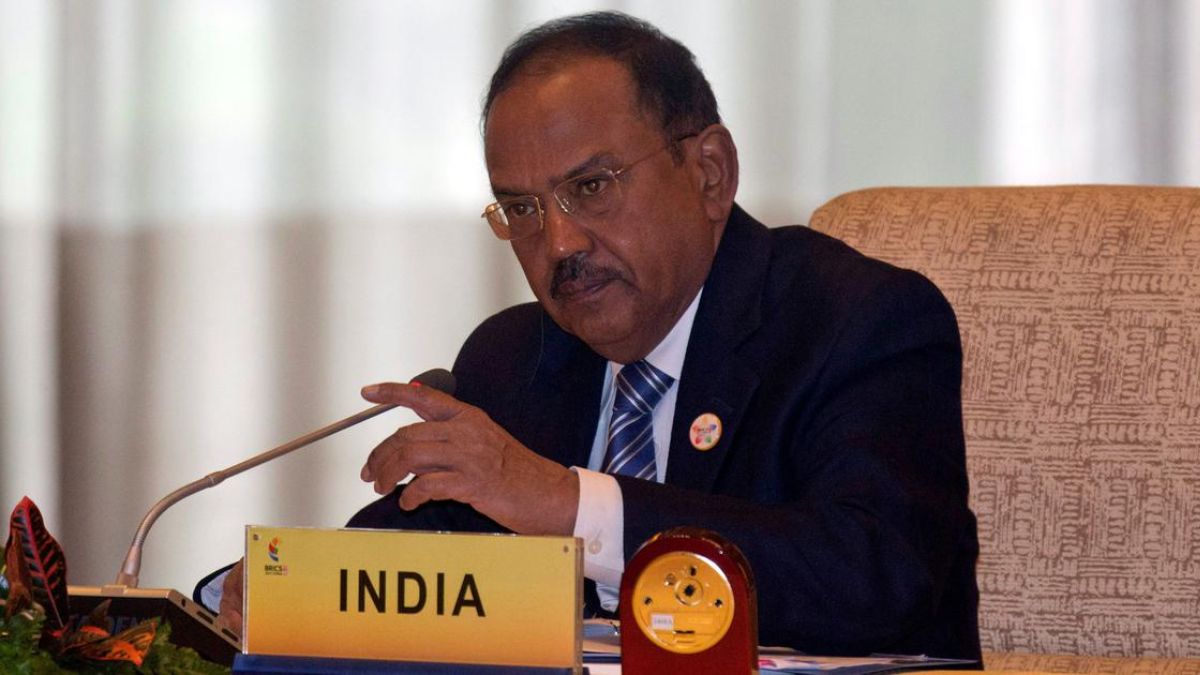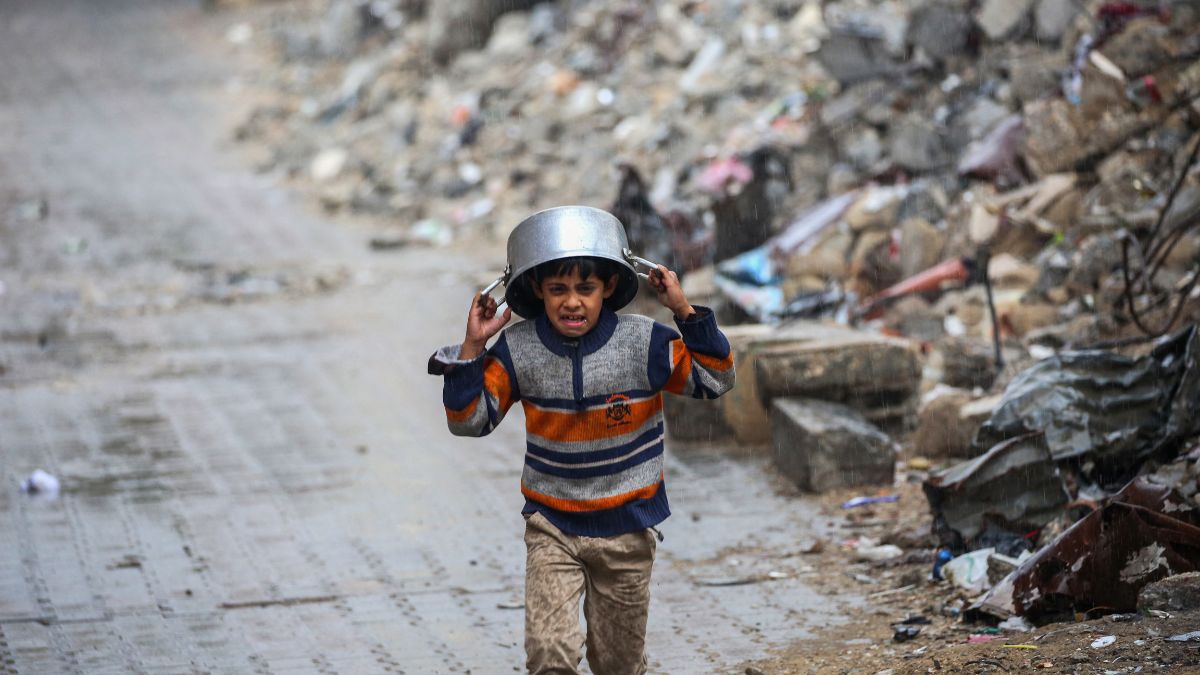
How Does China See India – and Does It Matter for Their Relations?
The DiplomatSecurity relations are undoubtedly not only about the hard military core – understanding technology certainly comes first, but behind every machine there is a human. The past three years offered us a number of Indian books on the subject, some of which I summarized in a December 2021 text available on The Diplomat’s website: “No Dragons in the Title Please.” A new entrant on the list, and a book that promised to address the subject of perceptions in its very title, is Shyam Saran’s “How China Sees India and the World”. Ananth Krishnan’s “India’s China Challenge” offers an interesting group of case studies on what we could consider India’s soft power in China – examples of contemporary Chinese individuals interested in certain aspects of Indian culture. “In China, the notion of itself as a ‘middle kingdom’ – civilization centre – came later as China began to see itself as a culturally advanced centre In India, the idea of centrality did not take hold, perhaps because of patent plurality and its constant and sustained encounters with different people.” Does the author suggest here that China had less sustained encounters with different people than India? Then, commenting on Chinese naval expeditions during the Ming dynasty, Saran concludes that “rade and politics went together and both reinforced China’s sense of centrality in what is today called the Indo-Pacific.” The main point is same – that China felt, and probably still feels, superior – but when it comes to reasons of this attitude is the second quote not a completely reverse conclusion to what was claimed earlier about Chinese isolation being the reason of hegemonic tendencies?
History of this topic
An India-China reset needs bold and new thinking
The Hindu)
India-China: Tactical détente, strategic differences
Firstpost
India’s Foreign Policy Dilemma: Managing Dependencies Between US, Russia, and China in 2024
The Hindu
India's cautious optimism on China's Galwan withdrawal hinges on the implementation of the agreement
Live Mint
India's Strategic Labyrinth: Navigating the Grey Zone with China
Hindustan Times)
Transforming Ties: India's Evolving Foreign Policy Towards China and Other Neighbours
Firstpost
Weighing in on business as usual with China
The Hindu
China and Russia concerned about growing India-US relationship, says top American diplomat
India TV News)
India’s China challenge: The stakes are higher than ever before
Firstpost
A new footing in South Asia for India-Russia friendship
Hindustan Times)
Why India needs to balance security concerns with neighbours’ sovereign considerations
Firstpost
Pinching the dragon’s tail on future of Tibet
Hindustan Times
India will not be a willing pawn of US: China Daily editorial
China Daily
As Moscow gets close to Beijing
Hindustan Times
India’s nuanced approach in the South China Sea
The Hindu
Will the India-China rivalry ever end
Hindustan Times
India, China and the pitfalls of personalised diplomacy
Live Mint‘China may have concluded India is now tilting to the U.S.’
The Hindu
China’s Complicated Relationship With India
The DiplomatDespite Xi’s decision not to attend G20 in India, China says bilateral ties are ‘generally stable’
Associated Press
U.S.' relationship with India 'critical' in dealing with China, Russia: Congressman Ro Khanna
The Hindu
Dilemmas of India’s great power ambitions
The HinduIndia-China relations discussed in Jakarta
The Hindu
Rahul Gandhi on China: India cannot be ‘pushed around’
Live Mint
India’s China strategy needs to be debated
The Hindu
The View from India | India’s message to China
The Hindu
Is Trust a Foregone Conclusion in India-Russia Relations? It's All About China
The Quint
A plan to counter China economically
Hindustan TimesThe View from India | Two West Asias
The Hindu
India's Policy Towards China Must Leverage Latter's Two-Front Situation
The Quint
Recalibrating India’s Approach to Myanmar
The Diplomat
What Xi Jinping’s West Asia Forays Mean for India, US and the World - News18
News 18
China’s approach to India is like Russian approach to Ukraine, says Rahul Gandhi
The Hindu
China feels India needs to be shown its place
Live Mint
Parsa Venkateshwar Rao Jr | Will Japan’s rearmament impact India’s China ties?
Deccan Chronicle
India’s Independent Stance on Russia-Ukraine War Shows Commitment to Strategic Autonomy
News 18)
Ladakh to Xinjiang: Why are India and China suddenly playing footsie?
Firstpost
Normalcy in India-China ties key for Asian Century: Former Singapore’s FM Yeo
Live Mint)
Asian Century: Time is running out and fast — and China is responsible for that
Firstpost)
Head-on | How a rising India can counter China’s geopolitical challenge
Firstpost
China calls for India to work ‘in same direction’ to restore ties
The HinduThe View From India Navigating Taiwan controversy, China ties
The HinduThe race of two Asian giants: India and China
The Hindu)
How India’s foreign policy ‘independence’ applies to China, too
FirstpostThe way forward in India-China relations
The Hindu
Demonising India over Ukraine Won’t Help, West Needs Delhi by its Side in Indo-Pacific Contest
News 18
DC Edit | India playing hardball with China is justified
Deccan Chronicle
OPINION | China Conflict With India Has Its Roots In Differing Perception Of World View And Order
ABP News
Worldview with Suhasini Haidar | Decoding Wang Yi’s visit to India
The HinduDiscover Related





)





)
)


)
)



















)


)







)